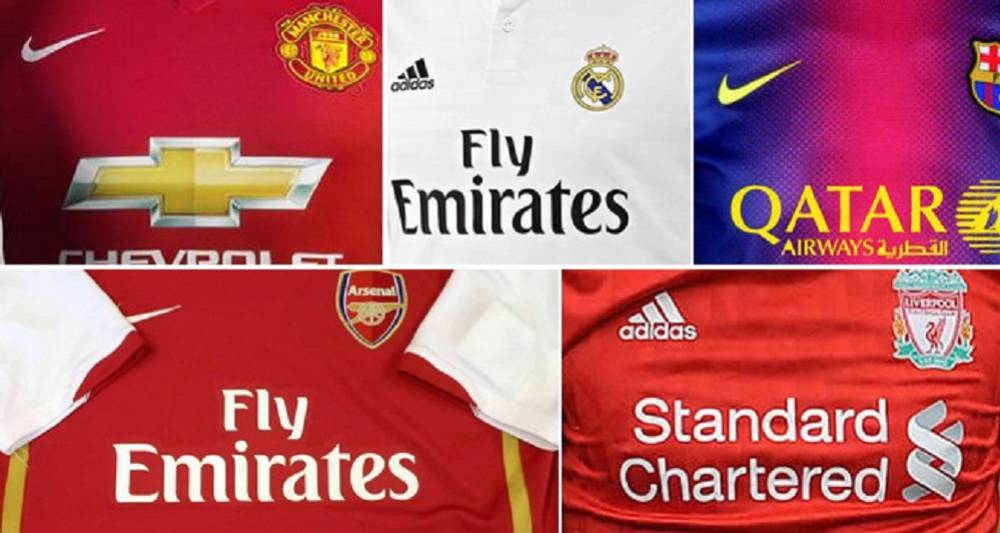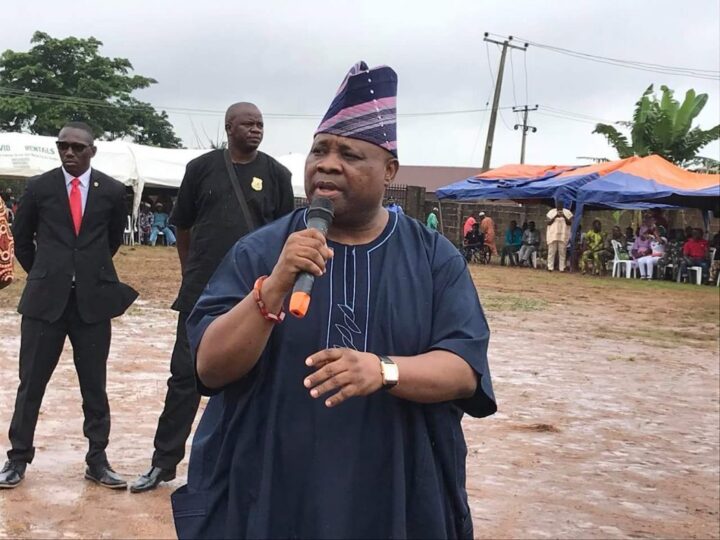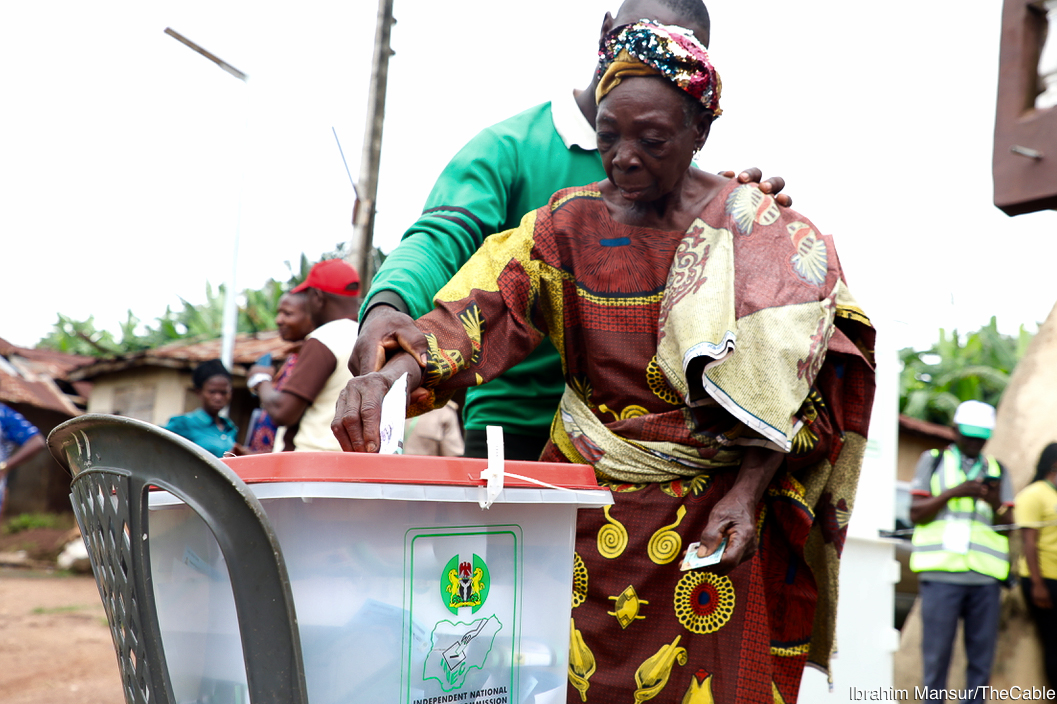The world is dynamic, lovely, and delightful to live and work in because of events and initiatives in different spheres of life. These include sports, entertainment, art, agriculture, non-profit organisations, for-profit corporations, religion, and many more. The success of these activities and projects depends in part on sponsorships.
Over time, sponsorship has helped make events and initiatives possible. Because of how important it is, it has developed into a potent weapon that helps brands build, maintain, and shape their reputations.
Let’s quickly review some accepted definitions of sponsorship.
The Oxford dictionary puts it as, “sponsor something (of a company, etc.) to pay the costs of a particular event, programme, etc. as a way of advertising.”
Advertisement
According to Wildapricot, an all-in-one, easy-to-use membership management solution company, “a sponsorship is when a company commits money or resources to a nonprofit event or programme in exchange for specific promotional benefits.”
Wikipedia records sponsorship as “sponsoring something is the act of supporting an event, activity, person, or organisation financially or through the provision of products or services.”
Data Supporting the Impact of Sponsorships in Events and Initiatives.
Advertisement
According to Nielsen Global Sports Marketing Report, sports sponsorship was up 107% in 2021. And through an analysis of 100 sponsorships in seven markets across 20 industries, Nielsen found that sports sponsorships drove an average 10% lift in purchase intent among the fanbase. Overall, Nielsen’s 2021 Trust in Advertising Study showed that 81% of global respondents either completely or somewhat trust brand sponsorships at sporting events.
“As traditional and digital worlds merge, the sponsorship lifecycle is now broadening, creating additional and more well-rounded monetisation opportunities,” said Marco Nazzari, Managing Director, International of Nielsen Sports. “It will become vital for brands to leverage new technology and utilise digital platforms to develop fan-engagement strategies that didn’t exist before in linear broadcasting. The fan is now the catalyst for a huge change.”
The 2021 Sponsorship Year Review Report by SponsorUnited, a market leader in sponsorship technology showed that Sponsorship Revenue Across Teams in the Top 5 US Sports Leagues is up 44% from 2020; Healthcare sponsorships grew 20% for all global sports, music, and entertainment combined.
On developmental support systems and structure, according to a Brookings report, financial flows to developing countries have grown steadily over the last decade, largely thanks to private sector finance. The volume of funding that donors have not allocated to specific recipient countries almost quadrupled over the past two decades, reaching $70 billion in 2019 – more than one-fifth of official finance to developing countries. The rising share of resources not assigned to specific recipients indicates a growing focus on global and regional public goods and support for emergencies (humanitarian aid and support to refugees in donor countries).
Advertisement
Between 2000 and 2019, the number of countries and multilateral institutions providing official finance around the world grew from 47 to 70. While this represents a modest increase, there was explosive growth in the number of entities under these countries and institutions that provided official finance – from 191 to 502.
In Nigeria, there has been a consistent rise in sponsorship drive to enhance brands’ affinity with consumers across the different sectors. Fintech, FMCGs, financial institutions, telcos, and more are upping their game in this regard. A report by Nairametrics shows that Nigerian banks donated N24.1 billion through Corporate Social Responsibility platforms in 2021. This is an increase of 27.5% compared to N17.8 billion in donations made in the previous year.
It is important to call out and commend the governments and the private sectors for these sponsorship initiatives and projects globally and locally. They all contribute directly or indirectly to achieving the Sustainable Development Goals (SDG). Both parties have a critical role to continue to play in achieving the 19 SDG goals by 2030. Sponsorships with partnerships are a strategic key driver in bringing this to life.
Sponsorship Structure Definition for Impact
Advertisement
As much as sponsorships impact on a brand’s reputation positively, there is a science to orchestrating this outcome. Throwing funds behind every initiative because of financial wherewithal, undefined interest, focus, and target will not guarantee optimal benefits in building a brand’s reputation.
The strategic way to achieve leveraging the benefits of sponsorships must follow these two principles:
Advertisement
Conduct a needs assessment: This is the foundation of using sponsorship to build and nurture the reputation of brands. We live in a world that faces diverse challenges. The crisis of climate change, hunger, health, poverty, insecurity, unemployment, and more are real. They pose a threat to humanity if they are not addressed squarely and the private sector must play a critical role in complementing the government’s efforts to resolve these issues.
For a brand to embark on a strategic sponsorship drive, it must conduct a needs assessment to determine what areas it would structure its resources to contribute to solving the challenges of the world. This must be influenced by the brand’s purpose.What is purpose to a brand? It is what a brand stands for from a point of impact on society.
Advertisement
This drives its positioning and everything about it. It must be clearly stated that no one brand can solve the world’s problems. Therefore, it is important to choose specific areas to focus on. In my view, I would say the most number of initiatives that any brand should take on is between three to four. Anything more than this might not be strategic for long-term impact.
Structure, Define, Streamline (SDS) Focus Areas
Advertisement
Brands must get into the granular details to structure, define, and streamline focus areas. SDS is the next most important step after conducting the needs assessment. If a company chooses climate change, health, or insecurity as its focal points for generating sponsorships and enhancing its reputation, it must recognise the enormous diversity of each of these fields. You must specify the particulars you want to concentrate on, for example, under health. It could involve issues with maternal and child health, sexual and reproductive health, or issues with serious illnesses including cancer, hypertension, or cerebral palsy. You must go further into your area of interest than simply mentioning it as a focus area.
This level of focus area clarity enables the brand to understand the specific sponsorship efforts to launch and the kind of strategic partnership alliances to form with other key stakeholders for impact.
Sponsorships’ Strategic Objectives for Building Brand Reputation
As much as brands must have strategic sponsorship as part of their operations, there must be a clear goal in mind for it. Without defining your sponsorship’s goal, the journey and its processes can be fluffy, jamboree-like, and buzzing without a strategic impact on the brand.
From experience, there are two main goals in driving brands’ sponsorships for impact.
Commercial Goals: For any brand to run effective and sustainable operations, it must be profitable and consistent in performance. Any brand’s noble aspirations to help address global issues can only be realised to the extent that it is lucrative. A non-performing brand that keeps spending money on sponsorship without receiving any financial rewards will eventually cease to exist. This is a menace to its employees whose livelihoods and well-being would be impacted. Every brand must have a clear commercial goal for its sponsorship drive.
Commercial goals will align the sponsorships initiatives to drive numbers both in the immediate and long term. There are strategies to achieve this for brand sponsorship. It could be through promotional and sales activations to drive secondary sales. This has a direct impact on business turnover and other key performance metrics like gross margin and underlying operating margin.
Social Goals: The advantages of brand sponsorships shouldn’t be restricted entirely to business objectives. Sponsorships offer a significant opportunity for return on emotions for businesses. Emotional connection is a crucial element to guarantee sponsorship success, according to the BenchMark 2018 Report, which was released in November. “The stronger the emotional connection to a sports team, the more likely it will be for an individual to connect to the team’s sponsors”.
The report further stated that, if you think of the reasons why you follow a team, there will be several reasons. But your connection to a team, at its heart, will be bound to some core emotional values of respect, enjoyment, trust, pride, and the bond that has developed between you and that team over time.
This is also true of brand sponsorship outside of sports. Brands can take strategic decisions to sponsor initiatives for reasons other than commercial goals. The reality is that in the long run, social goals can impact commercial goals. Some reasons include building trust over a period through consistent support for an initiative, raising awareness for the social cause that the public needs to be informed about to save lives and make society a better place etc. This happens a lot to support causes like sickle cell, drug addiction among youths, cancer, plastics pollution, health, and hygiene. In the long run, these strategic engagements lead to thought leadership positioning for the brands. It lends credence to the brand in building affinity with its consumers, stakeholders, and partners. Through a gradual process that requires time, nurturing, and relationship building and management, this impact on brands’ Return on Emotions and brand power could influence Return on Investments.
The Future of Sponsorships in Strategic Brand Reputation Development
Budgets would be slashed as a result of firms having to deal with increased operational costs brought on by both internal and external variables such as different taxes levied by the government, pressure on the global supply chain, rising global inflation, and overhead management.
By default, sponsorship is one easy area, to begin with, in cost savings.
However, as a part of company operations, I do not see sponsorship being jeopardised to the point of being stopped. What I observe is that there is a pressing need to purge and filter out “nice to have” sponsorships.
Sponsorships should now be positioned at a high level of strategic impact, and value-adding to organisations’ commercial and social goals. There should be a direct alignment between sponsorships and the organisations overarching strategic objectives. To the extent to which this is done, sponsorships will continue to play a be-spoke strategic role in building and nurturing the reputation of brands.
As I bring this conversation to a close, here are the key highlights to emphasise the role of sponsorship in building a brand’s reputation to stand the test of time.
Businesses will continue to leverage sponsorships to build their brands’ reputations. The future of sponsorship to this effect is bright, promising, and exciting. Sponsorship strategy must be clearly articulated in defining focus areas of impact in contributing to solving the challenges of the world. This must align with the brand’s purpose.
Businesses will continue to play a pivotal role in partnering with the government to make the world a better place for all. The goals of any sponsorship must be aligned with the business’ commercial and social goals.
The question you must ask yourself is: is your sponsorship strategy aligned with business goals, and contributing to solving the challenges of the world? If it is not, it is time to review, expunge and rejig your sponsorship strategy. If you are on track with your sponsorship strategy, continue to subject it to constant review, critique, and critical evaluation to make it future-fit and future-proof. The world changes at the speed of light. Never be caught off guard. Be alert, and stay ahead of the curve through learning, unlearning, and relearning.
Adejumoh is a PR and strategic global business communications leader based in Lagos, Nigeria ([email protected])
Views expressed by contributors are strictly personal and not of TheCable.
Add a comment







